User personas were introduced in 1998 by Alan Cooper to inform design strategy when the internet wasn’t as smooth as it could be. Shortly thereafter, this same concept was applied to buyers. Buyer personas became a “thing” 3 years later in 2002.
If you’re not familiar with buyer personas, learning about them could change your eCommerce business. Even if you’ve already crafted yours, you may be challenged to see them in a new light—never stop learning, right?
A buyer persona is a fictional profile of your ideal target customers and it is based on existing marketing data and your current customer base. You may have anywhere from 1-2 on up to 20 personas that fit your customer base, but typically 3-4 personas will account for 90% of your sales. The fewer you have the better because it takes time to craft each persona and from there on out unique content will need to be made for each one.
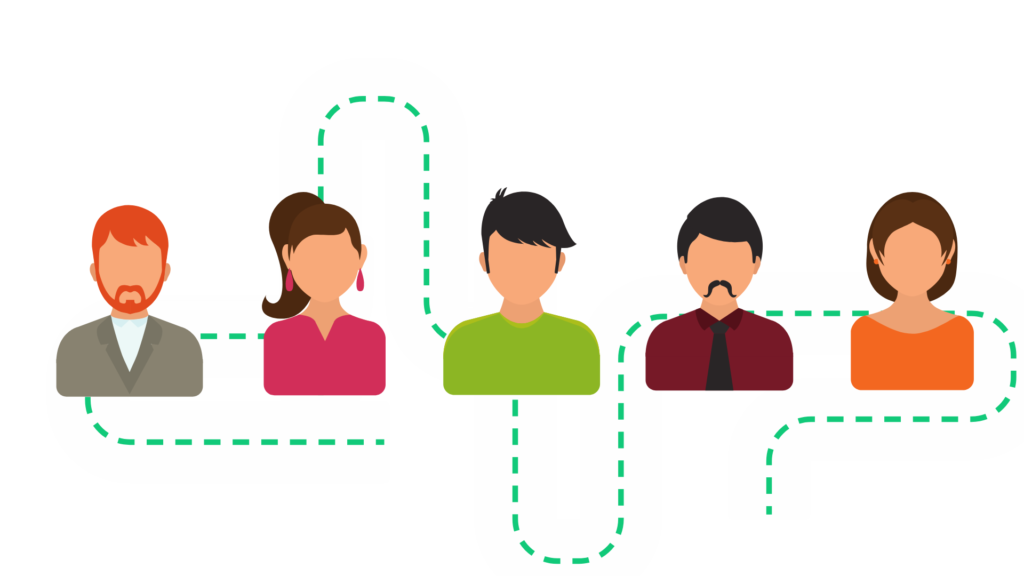
A buyer persona will help you understand your customers or buyers better. It’s a profile that helps you internalize who it is you’re going after and how to relate to them.
Essentially, it forces you to zero in on a target and really get to know who you are talking to. By getting to know them you’ll get qualitative and quantitative information that helps your company understand the situations your buyers face and the goals they want to meet, among many other things. Zeroing in on this information about your main customers will help you consistently attract only the most valuable visitors, leads, and customers.
Why buyer personas are important
One of the biggest wastes of time is trying to sell to someone whom you know nothing about. To effectively sell you need to know whom you are talking to, what their context is, and how your product or service is going to benefit them.
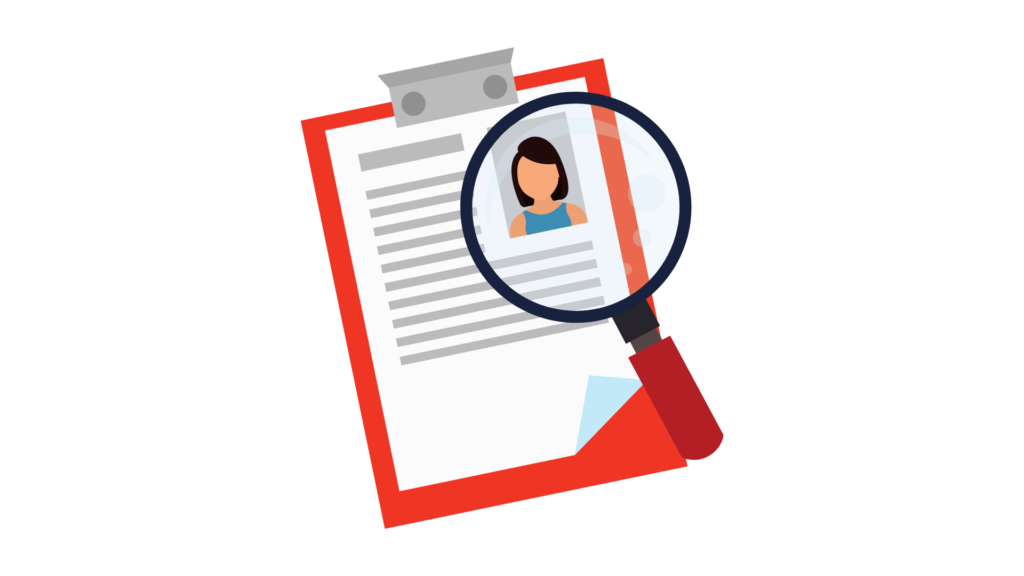
This may be frustrating because it requires stopping and getting to know them before you even attempt to sell. But as a result, you discover how to talk about the company, product, or service, in the right way, with a unique tone, for each persona. In the long run, this results in a much higher rate of conversion, fewer frustrating conversations, more happy customers, better performance results, and greater profits.
What frequently happens is companies try to connect with people as data points and not as the humans that they are. With zero personal connection or empathy sales don’t go over so well. People crave connection. This is why personal referrals work so well—they are recommendations from humans that care.
Improved communication
With solid buyer personas, the ROI for your company can be massive. From the top down they provide incredible structure and insight for your company, which leads to improved insight and decision making that guides your marketing and sales strategies. Marketing and sales become less of a shot in the dark with actions leading to low conversions. Instead, they become incredibly targeted.
By knowing your buyers’ needs, wants, how they make purchase decisions, and where they spend their time, you can discover the perfect marketing channels to reach them and have much more continuity in your messaging. Messaging across all your communication channels can be more persuasive and resonate with your audience much more, whether that’s in your pitches over the phone, in pitch decks, blog posts, email drip campaigns, or even dynamic web content targeting specific types of individuals.
Unity and focus
Having a buyer persona helps align your organization and break down any silos you have between departments. You can be on the same page by having a common language you use to refer to your different personas no matter what department someone is working in. While it’s obvious that the personas affect sales and marketing and prepare the sales team for objections, they can also guide the product development process.
What use is there in creating a new feature if it doesn’t solve a real problem that a customer faces? Personas give your company an idea of where you should be spending your time.
The proof is in the pudding
If you’re not convinced of the value buyer personas hold yet, maybe some of these stats will sway you:
- 71% of companies that exceed their revenue and lead goals use buyer personas;
- Companies that use buyer personas have a 55% increase in the organic search traffic they get;
- When companies target specific emails to specific buyer personas they see double the open rates and 5x CTR on their email campaigns.
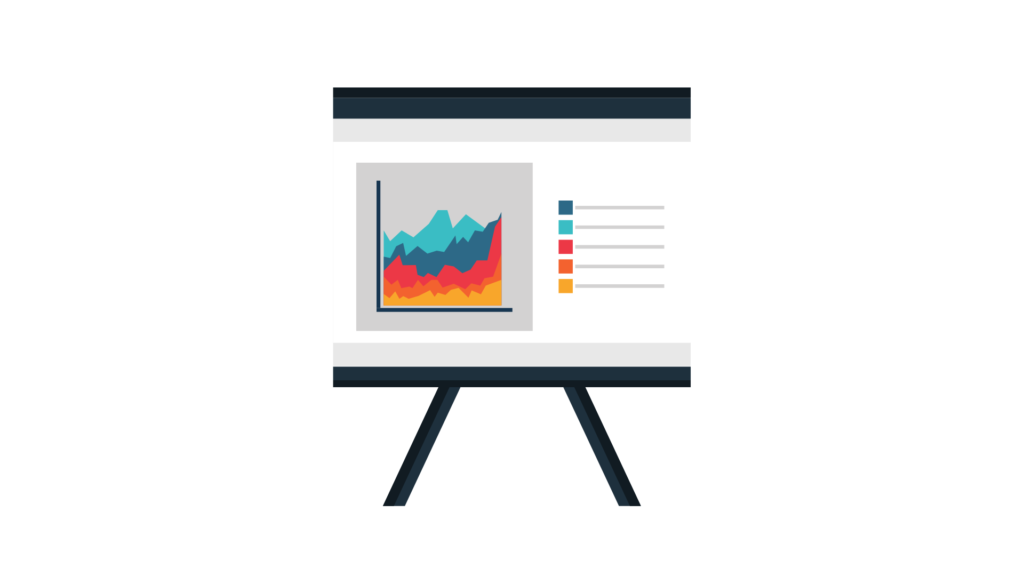
That’s really saying something. It’s saying the more specifically you can talk to someone in a way that is directly applicable to them, the greater the results you’ll see.
How to create buyer personas
It’s not hard to create buyer personas—it’s actually quite simple. And there are so many templates out there to help you give your fictional buyer an identity that feels like a real person. The key is to get as much detail as you can so you can almost picture what this person would look like, talk like, and act like if they were sitting across from you at a coffee shop—give them a face and a name while you’re at it! While you may have multiple buyer personas, just focus on one at a time so you don’t get overwhelmed.
There are lots of things you’ll want to know about your buyers to get that complete picture and there are tons of lists on the internet that can help guide you. Some are going to apply to you and your product or service and some won’t, so just think about what you’ll be able to do with each bit of information you ask for—there’s no point in wasting your time getting unnecessary information.
What you need to know about your buyers
You should consider your buyer’s:
- Needs
- Motivations
- Interests
- Backgrounds
- Goals
- Demographics
- Behavior patterns
This information can come from a variety of sources: customer-facing employees like customer success and sales teams, your customers, online behavior patterns, prospects, and referrals.
Where to get this information
Your existing customers are a great place to start because you might not need much incentivizing. To get the information you need to create your buyer persona profile try giving them surveys, doing phone or in-person interviews, or having simple forms they can complete on your website. Interviews can be conducted through focus groups or one-on-one—both have their advantages. With the web forms you may want to ask what their role in their company is, the size of their company, and their company’s industry, just to name a few options.
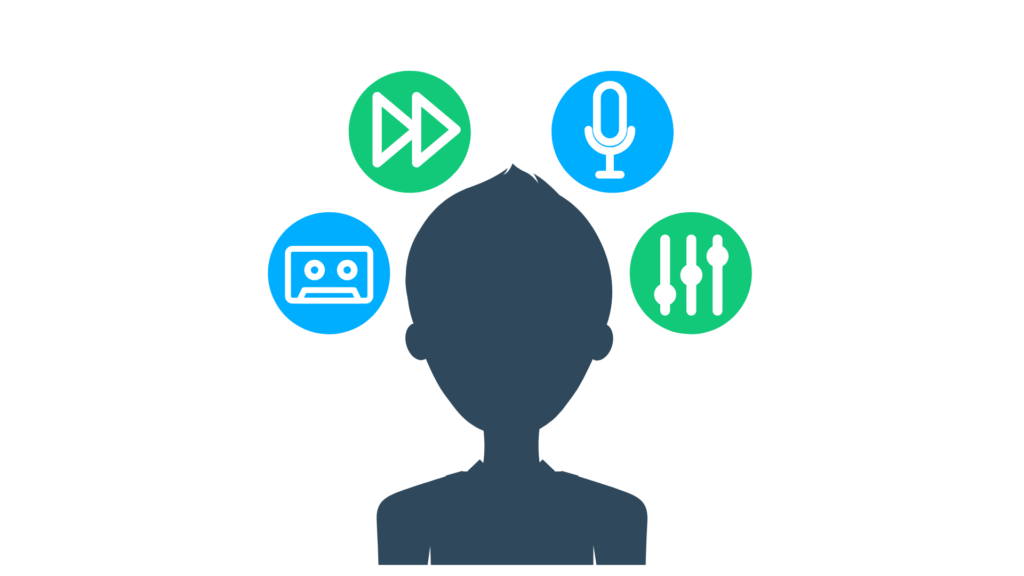
If you are talking to prospects or referrals who don’t yet have a commitment to your company, you may need to incentivize them with a small gift card or something similar. And making the scheduling of your interview as easy as possible certainly doesn’t hurt! Find a system that makes it easy for the interviewee to know your schedule and identify which options work for them, make the time commitment as low as possible, and even put their calendar selection in their calendar for them! Every little bit counts. Don’t forget that this is a lot more important to you than it is to them.
You can get some information about your buyers without even talking to them. Just try analyzing their behavior patterns. By looking at what visitors are searching for on your website you get an idea of what is important to them and what they need. Even if you don’t have a search function on your site, a heat map tool like Hotjar or Crazy Egg can tell you what’s drawing your visitor’s attention and what it is they might be wanting information on.
Your website and social media analytics can also give you insight into who is accessing your site and pages and how. Just remember that none of these methods tell the complete story and need to be analyzed within the context of the other information that you glean from customers or prospects.
Ask the right questions
Preparing for your interviews, here are some questions you may want to consider asking. They may not all be relevant for your business and you certainly don’t want to waste your time asking for impertinent information or even worse: exiting an interview without the information you needed.
Be prepared to dig deep and ask “Why?” frequently; people may need some time to think about their answers to questions that they’ve not come across too often!
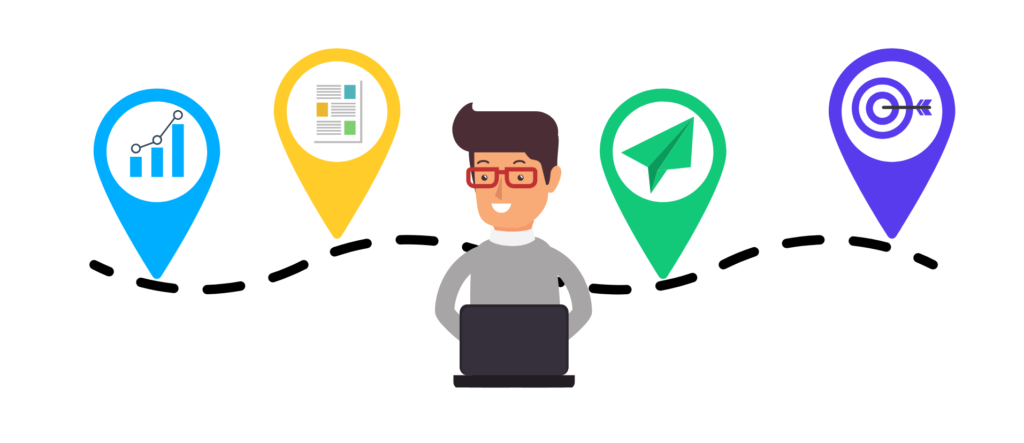
Questions to dig in to:
- What is their job title?
- What is their role in the company?
- What industry is their company in? Whom do they serve?
- What is their company revenue?
- How many people are employed by their company?
- What do they need to know to do their job well?
- What tools do they use to do their job well?
- How do they spend their days?
- What does success look like for them as an individual?
- What challenges do they face?
- What are their goals?
- What kind of education do they have?
- What career path have they taken?
- What are their hobbies?
- What is their household income?
- What objections could your product or service face within their company?
- What communication tools/ methods do they prefer?
Do you have answers to all of those right now? That should be enough to get you going!
You’ll know you’ve talked to enough people once you start hearing things on repeat and conversations start sounding the same. If you’re no longer getting new information, you can move on to another information gathering method or start distilling all that information you got from the interviews so you can plug it in to a buyer persona template.
Know who isn’t your ideal customer
We’ve only talked about getting to know your ideal buyer, but looking at the opposite end of the spectrum provides some value also. Knowing whom you don’t want as your customer helps you identify who the right person is by process of elimination and contrast.
When to update buyer personas and why
The world is dynamic, people are dynamic, and companies are dynamic—things are always changing. So, understandably, you should expect the same of your buyer personas.
Things change
Changes could come from your company or they could come from your customers. Organizations merge, change directions, and change business models from time to time, without notifying you. That’s why it’s best to be prudent and identify a time when you can regularly check in on your buyer personas to make sure the features you had identified are still pertinent—we suggest reviewing your buyer personas once per year. An easy time to remember to reassess them is when you are planning for the following year.
Things stop working
A more obvious clue that you may need a persona update is if your marketing campaigns aren’t giving you the results you expect. If conversions aren’t as high as they used to be you should be asking yourself “What’s changed?” and dig in to find out the what and the why.
Additionally, if on surveys you give a few main answer options that you think would be the most popular, but more than 10% of respondents select the “Other” option, it’s time to review your buyer personas. What’s that “other” thing or reason that you don’t know about?
Personas are only effective if they are correctly defined! Do yourself and your company a favor and keep them up-to-date.
Summing up
It cannot be understated how crucial buyer personas are. No company should go without them—if you do it’s going to reflect on your marketing stats, conversion rates, and bottom line. So do yourself a favor and create or update your buyer personas.
There are plenty of templates online that you can use for that purpose. Decide which one you want to use and then start talking to people and using all the sources of information you have at your disposal to discover the features and commonalities of your main target audience. Once you think you have a good picture of who your customers might be, plug the characteristics into your template and give each one a name and a face! Then, craft your internal plans and marketing messaging around them. What good are the personas if you don’t use them?
Revisit your personas yearly or as soon as you notice marketing messaging not working as well as they once did.
Best of luck creating buyer personas that will help your company understand its customers better and improve how you do business!





